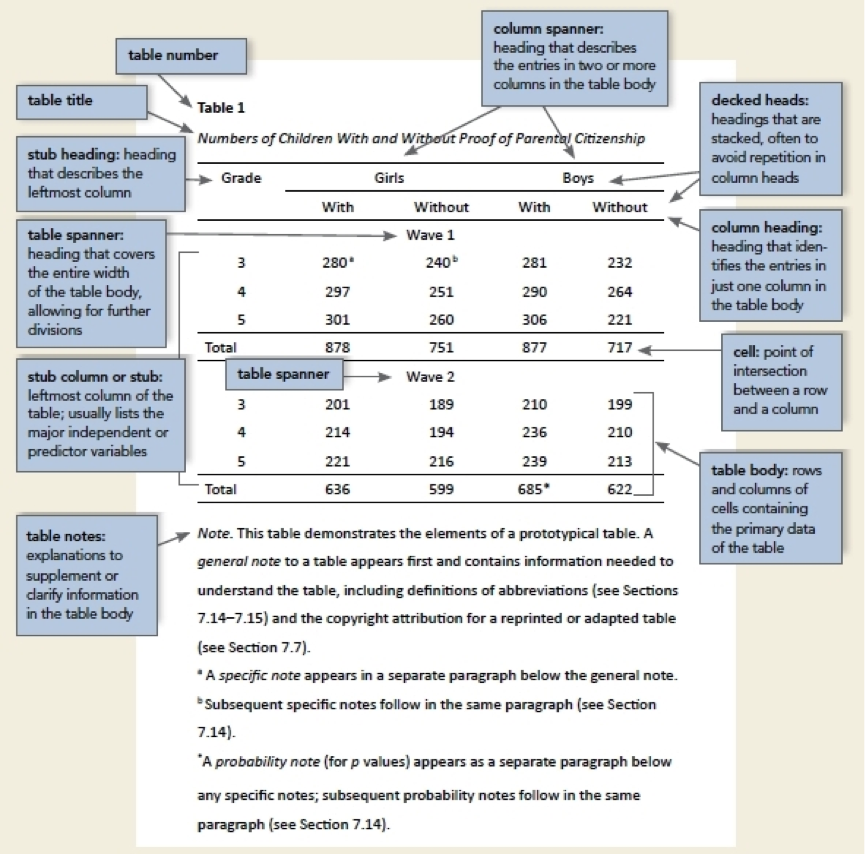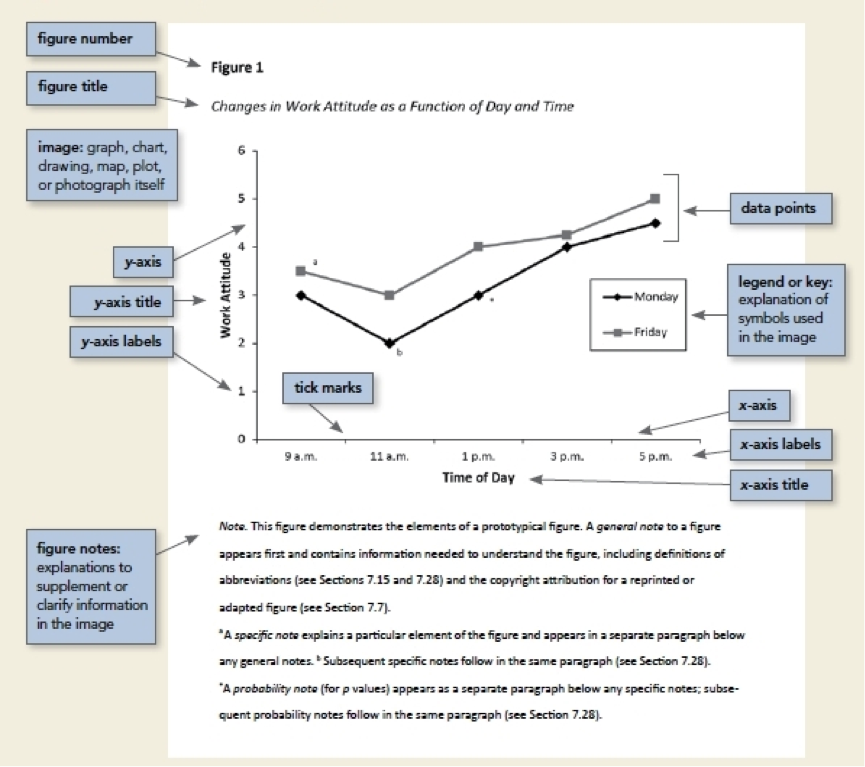Author: Patricia de-Casas-Moreno – Translation: Erika-Lucia Gonzalez-Carrion. Universidad Nacional de Loja, Ecuador.
Every good article can be accompanied by figures and tables to complement and clarify the information visually and graphically. The use of these elements helps to improve the understanding of the study. In this sense, just as the sources and elements of information are cited, each of the figures and tables that are integrated into the manuscript must also be cited, in accordance with the regulations.
If the researcher is carrying out a doctoral thesis or other type of work of this nature, it is advisable to develop a specific index of tables and figures if many of these resources are used. Likewise, it is recommended that they are included within the text only in the case that they provide an outstanding value for the research. Without doubt, in both cases, the objective or purpose is to help understand the information.
The American Psychological Association’s standard, APA 7 (https:// bit.ly/39ihAXC) details how to properly compose and place table and figure elements.
Tables
The most important principle in creating a table is to convey the information in the most simple and understandable way for the reader. The ideal is to provide enough information so as not to have to access the text. Tables are made up of the following elements, which must appear in a prescriptive manner (Figure 1):
- Table number: it should appear above the title and in bold, and be numbered and ordered sequentially (Table 1, Table 2, etc.).
- Title: it should be brief and descriptive, on a double-spaced line, placed below the table number, in capital letters and italics.
- Headings: depending on the nature of the research, a series of data can be included in the heading (variables, dimensions, statistical information, etc.).
- Body: includes all the rows and columns of a table, including the header.
- Note: there are three types of notes (general, specific and probability). These should appear below the table to describe the table contents, and the author references.
Figure 1
Elements of a table

Note: Taken from Apa Style, 2020, Table Setup, https://bit.ly/2U6OmX8
Figures
Like the table, the figure should provide enough information to facilitate readers’ understanding. For this reason, all figures that can be integrated into the manuscript must be properly selected. The elements that make up a figure are (Figure 2):
- Number: must appear above the title and in bold. Like the tables, it must be ordered in a sequential manner (Figure 1, Figure 2, etc.).
- Title: brief and descriptive, in a double-spaced line after the number.
- Image: graphic, illustration, photograph, drawing, etc.
- Legend: it should be placed within the borders of the figure and adequately explain any of the symbols used.
- Note: there are three types of notes (general, specific and probability). These should appear below the figure to describe the content, legend and even copyright.
Figure 2
Elements of a figure

Note: Taken from Apa Style, 2020, Figure Setup, https://bit.ly/302fIBi For more information you can access the website of the American Psychological Association: https://bit.ly/2U6OmX8 /https://bit.ly/302fIBi
